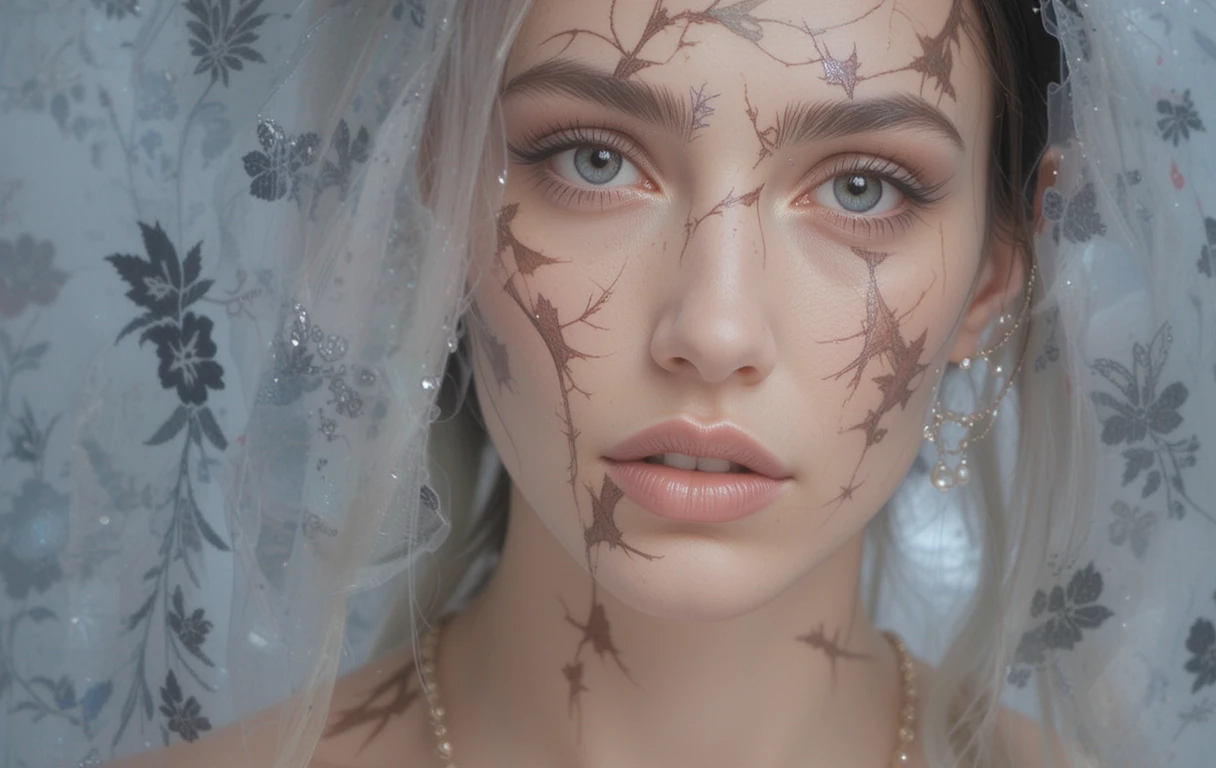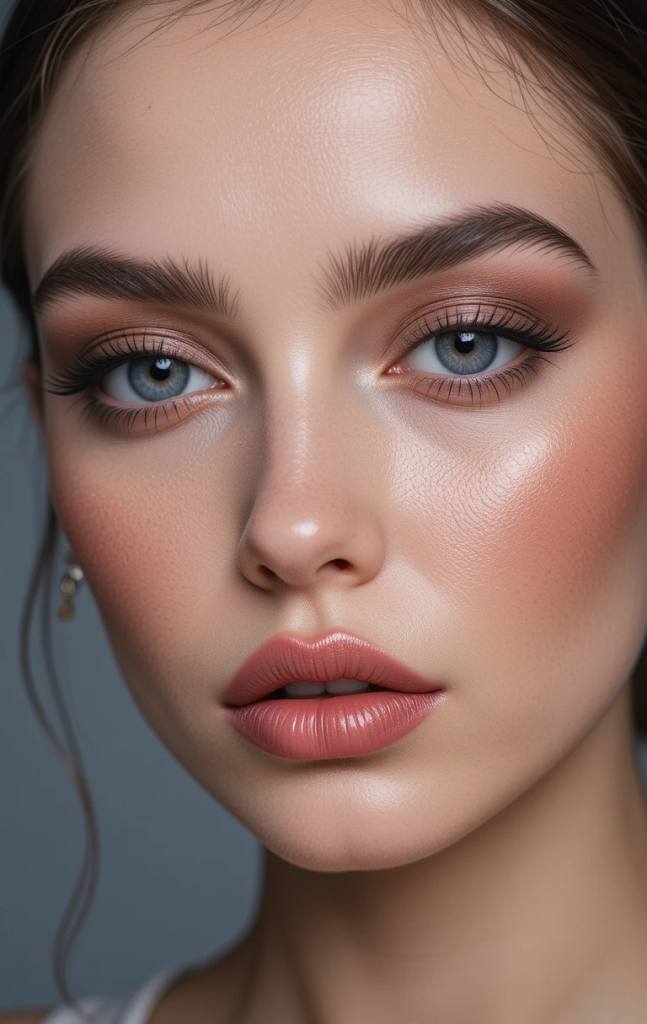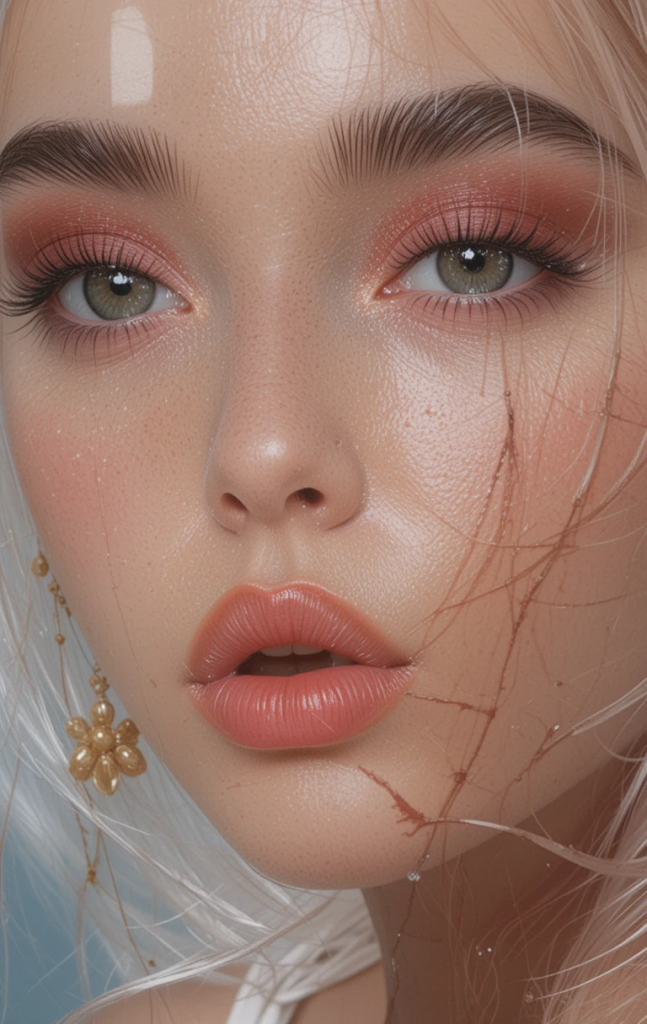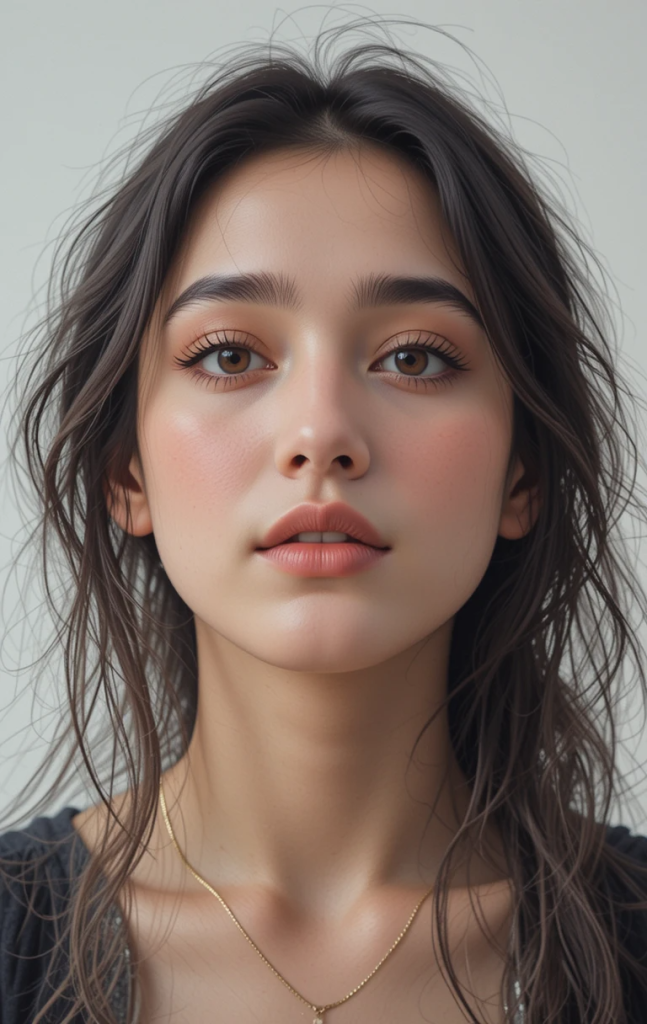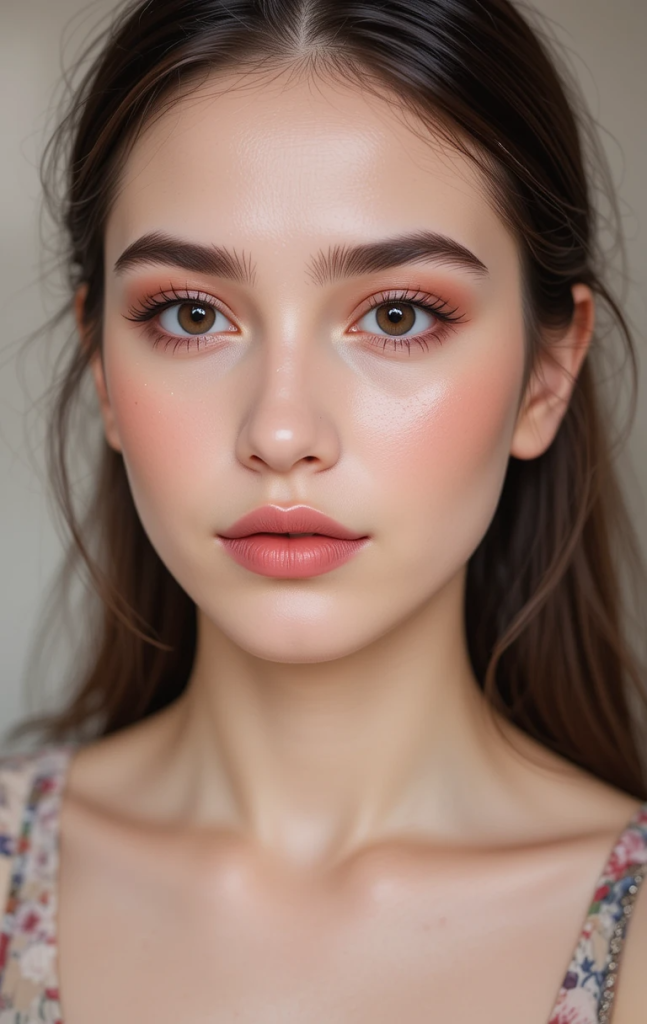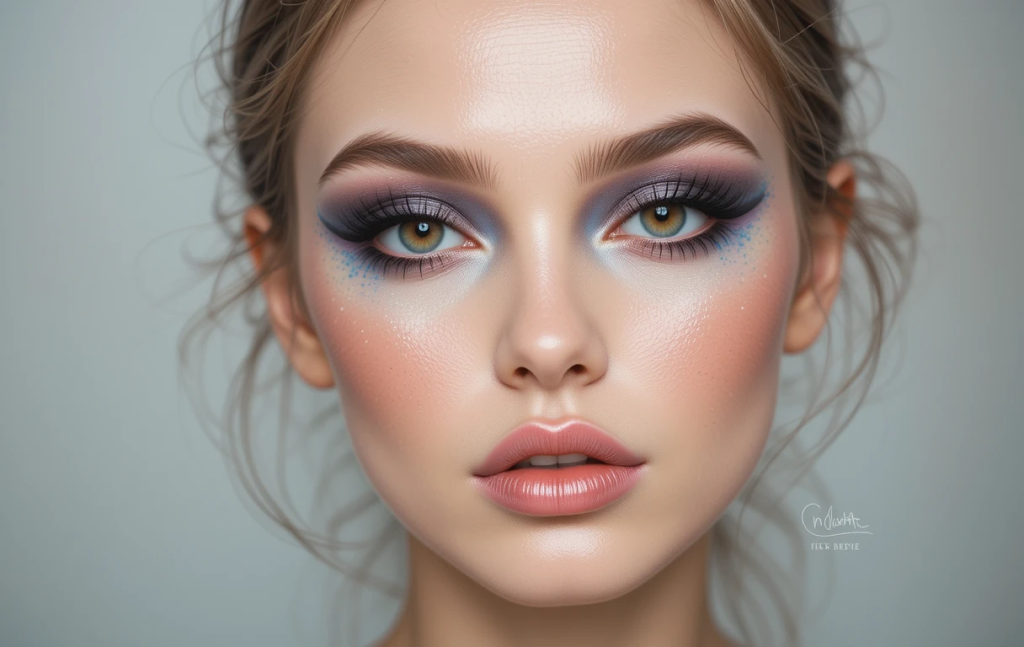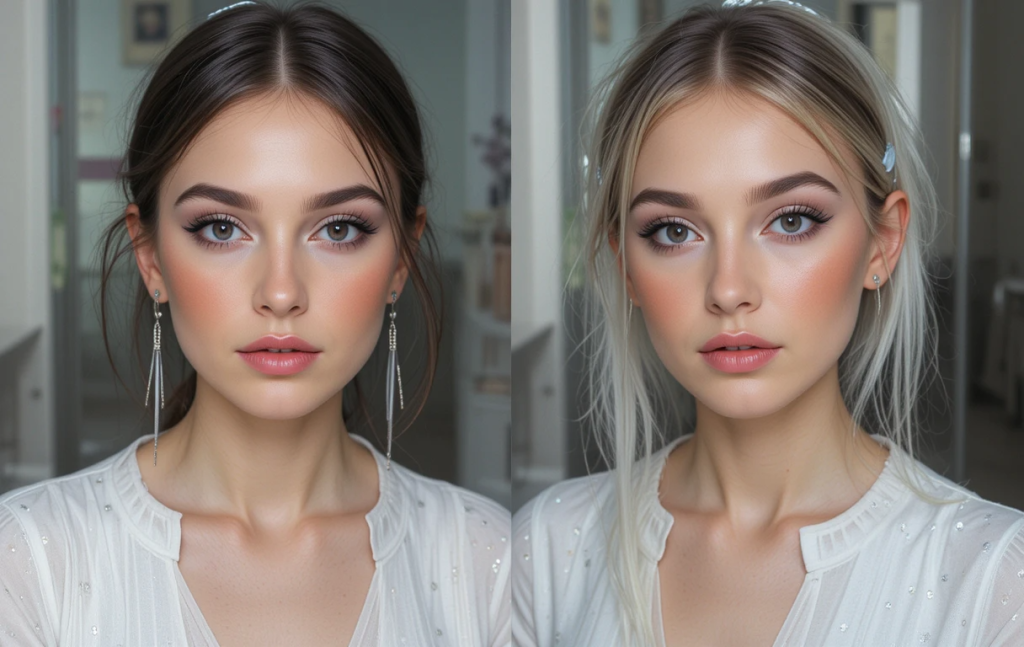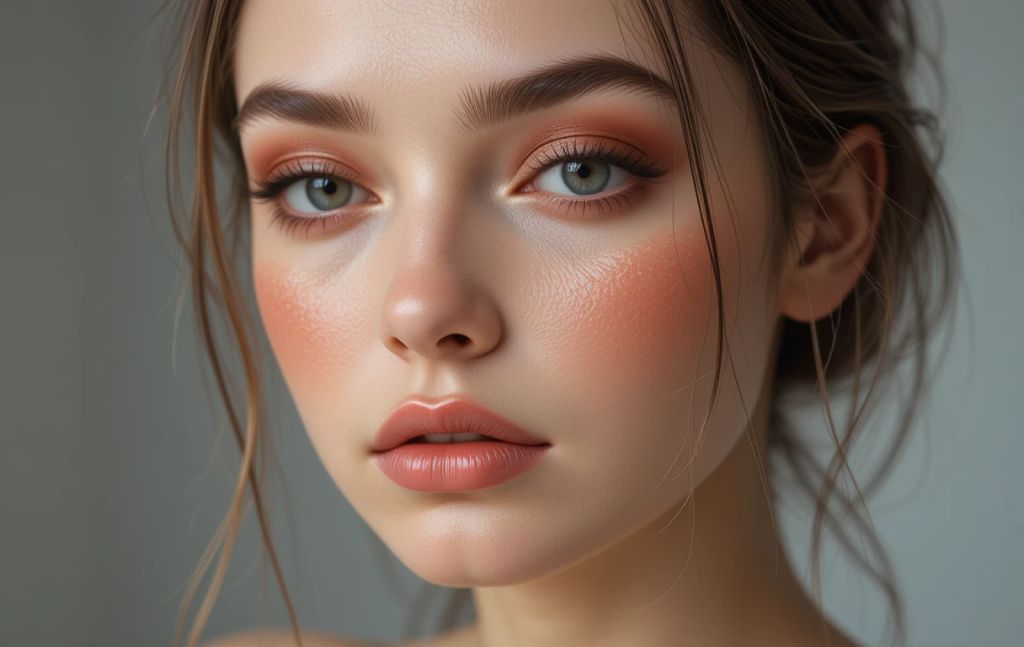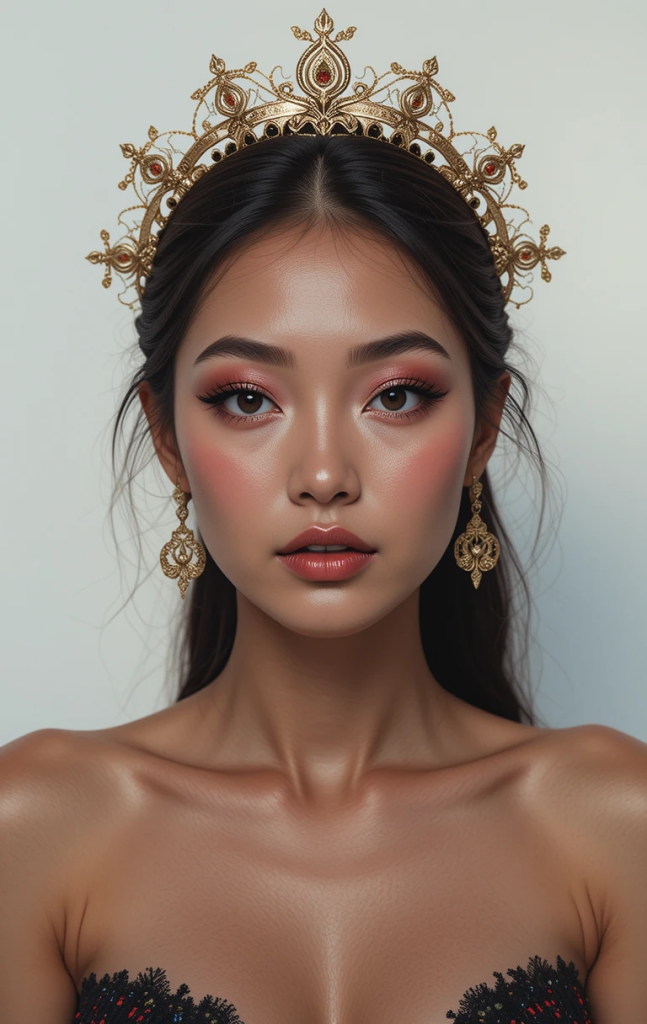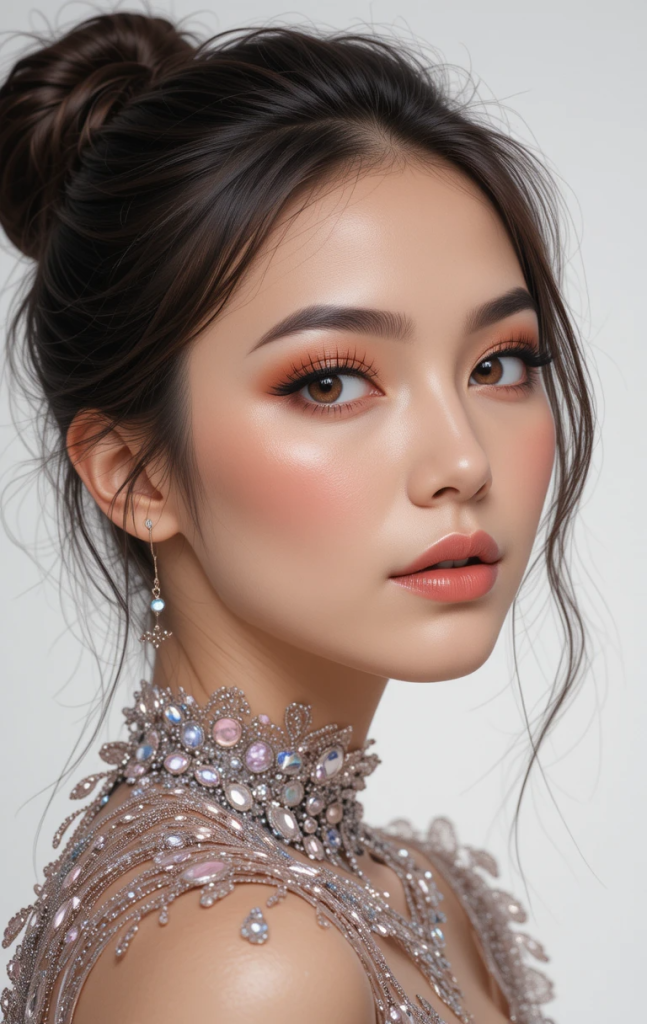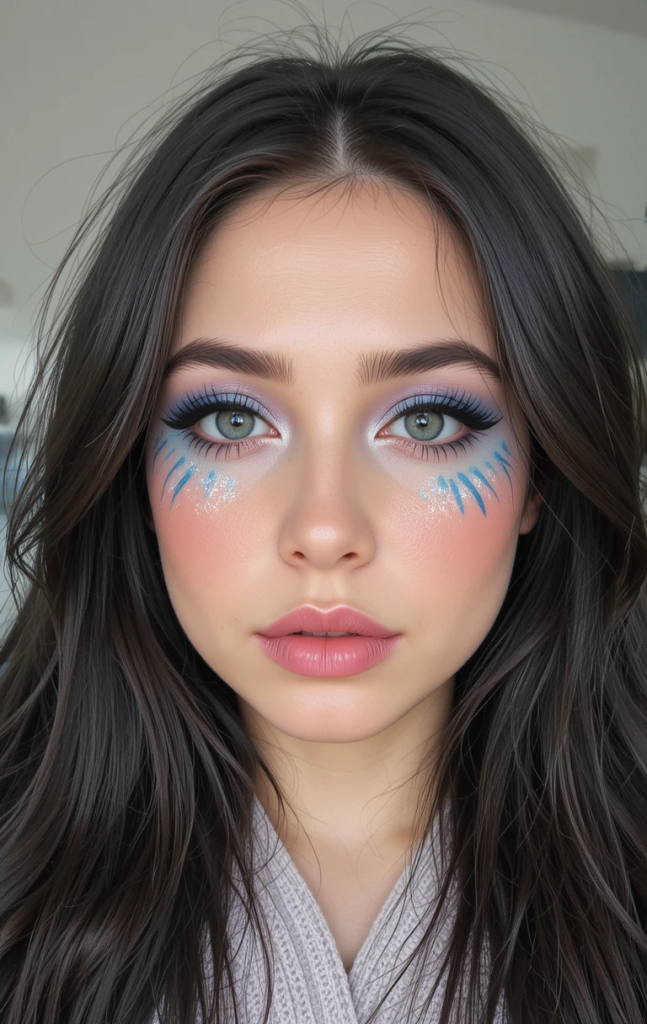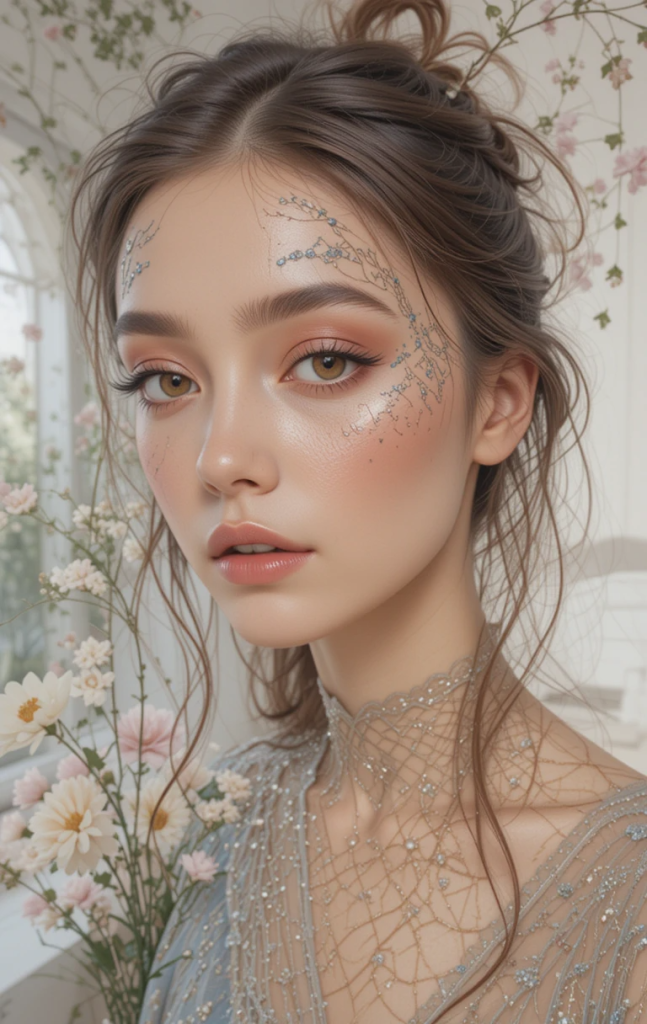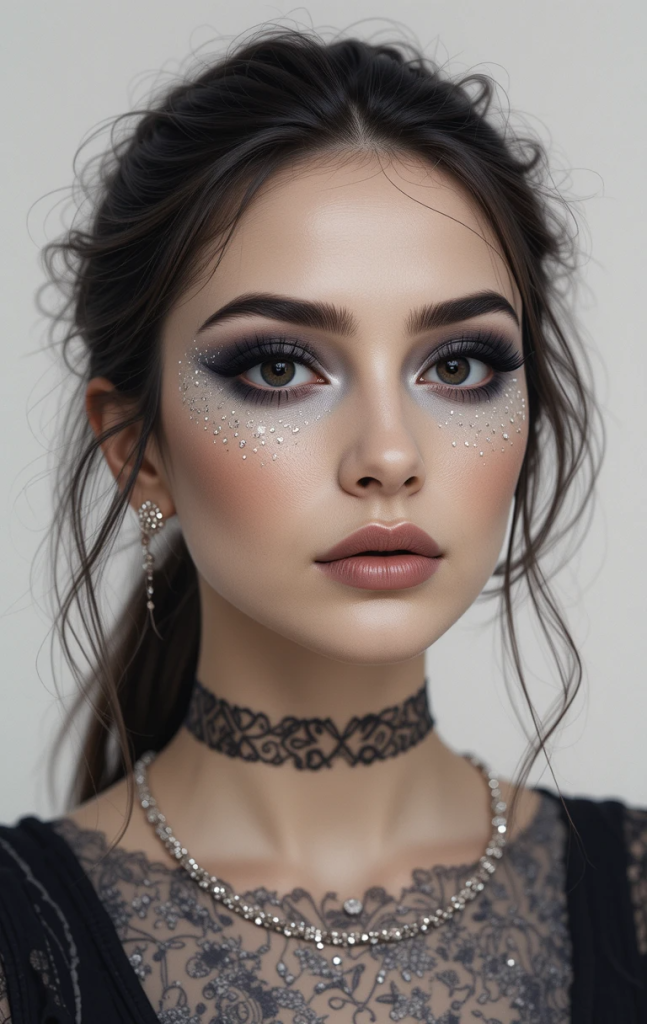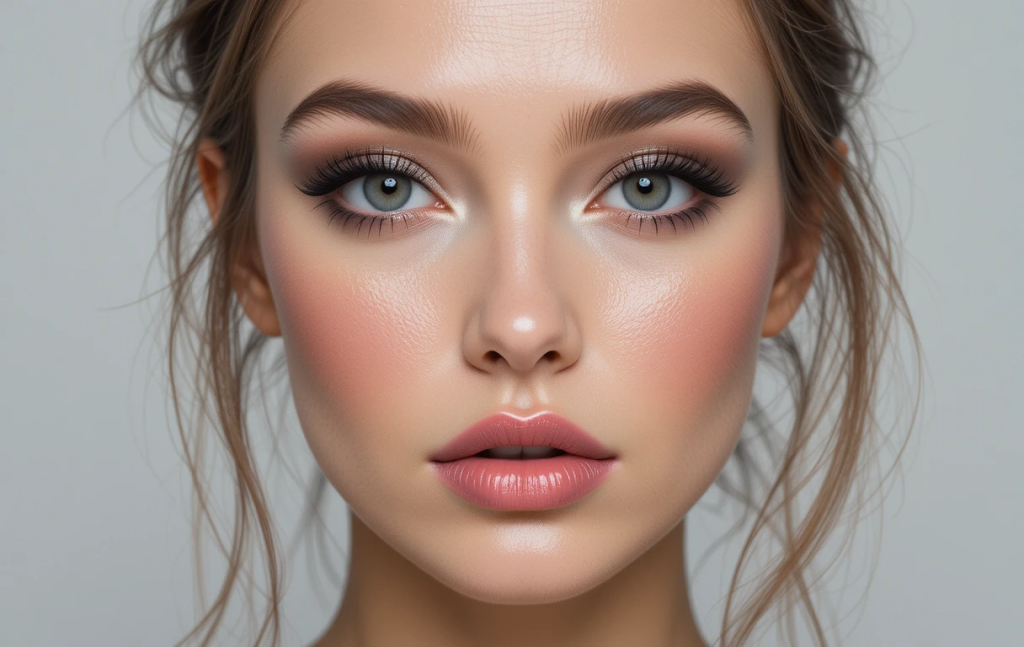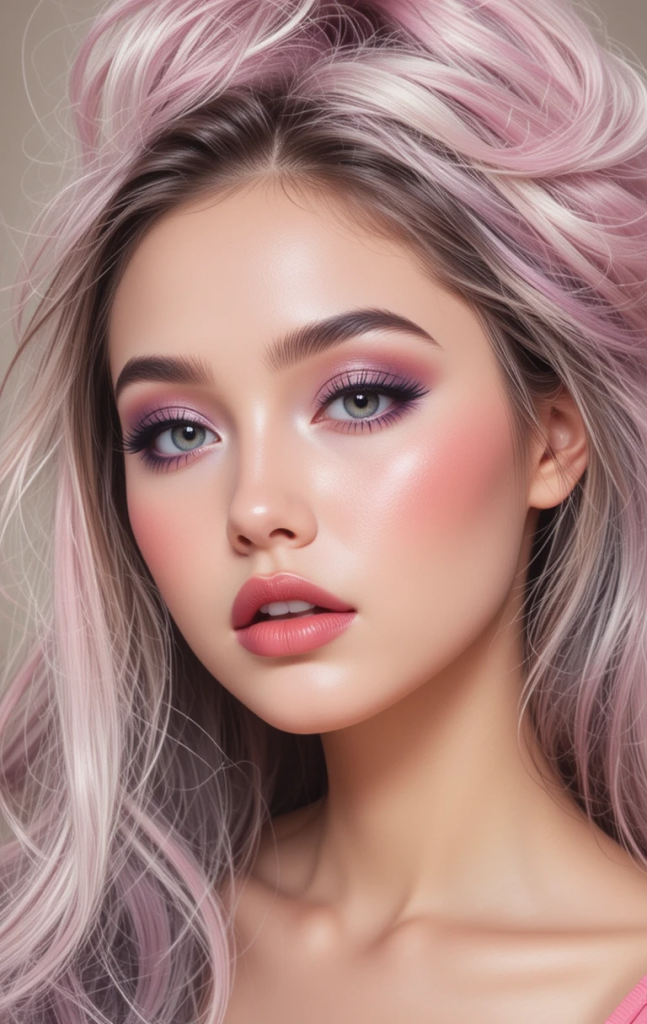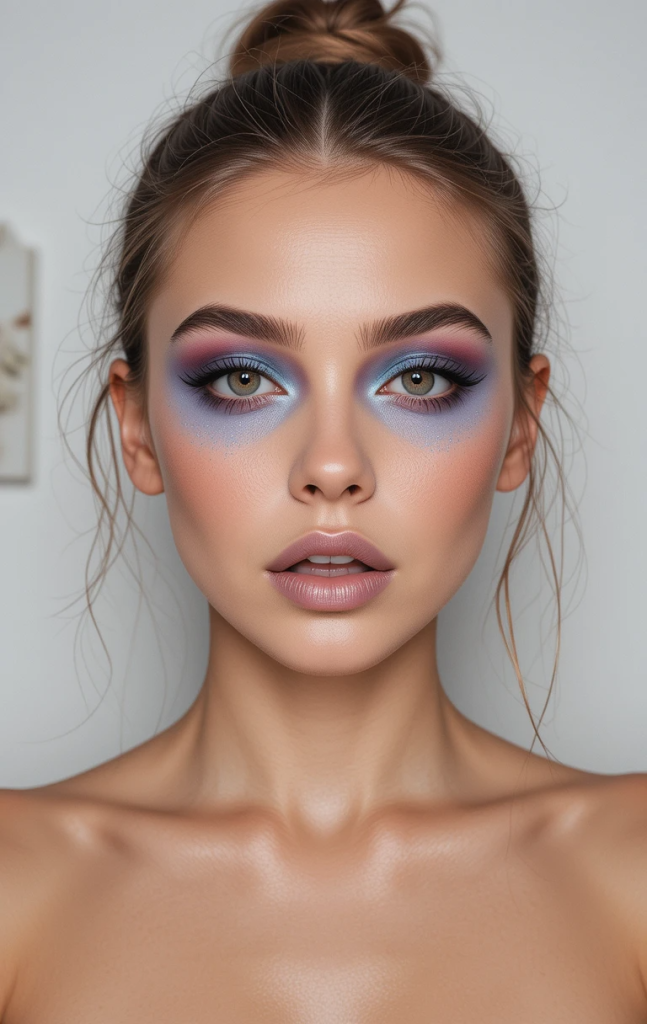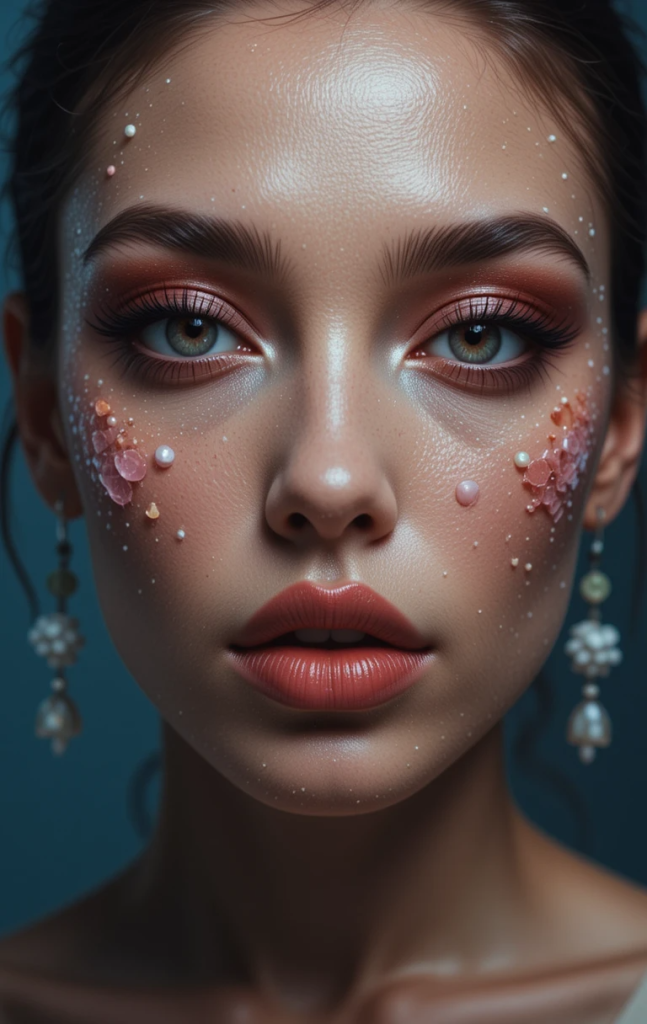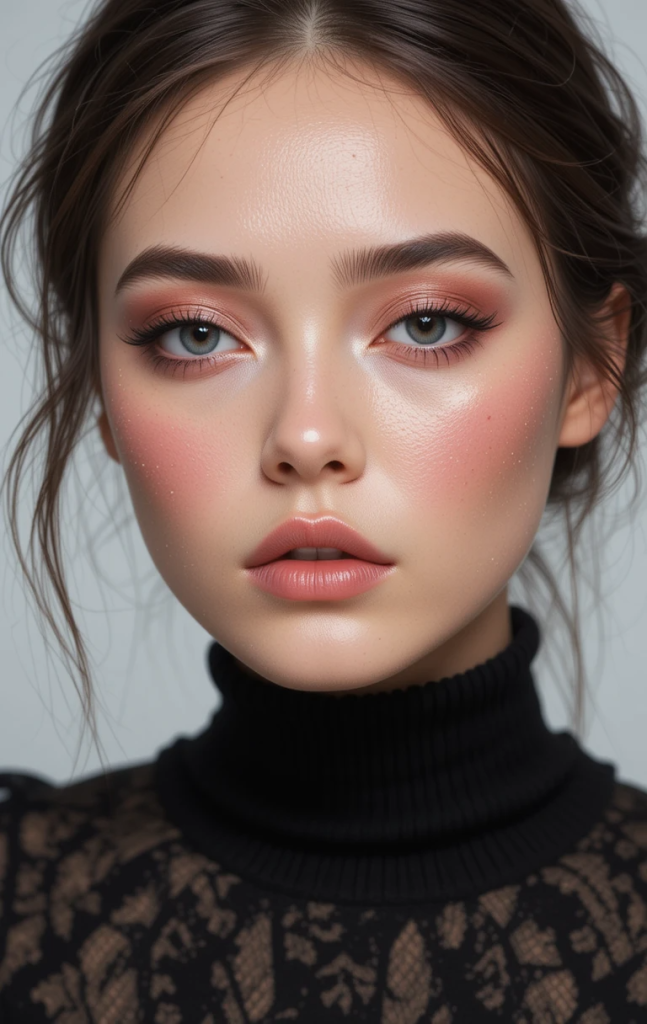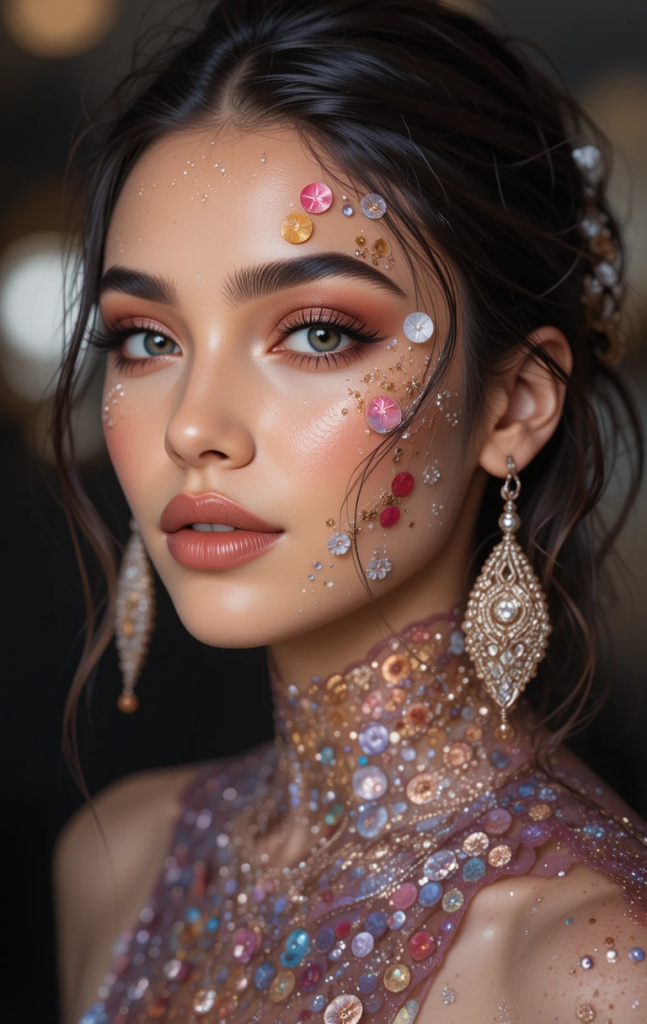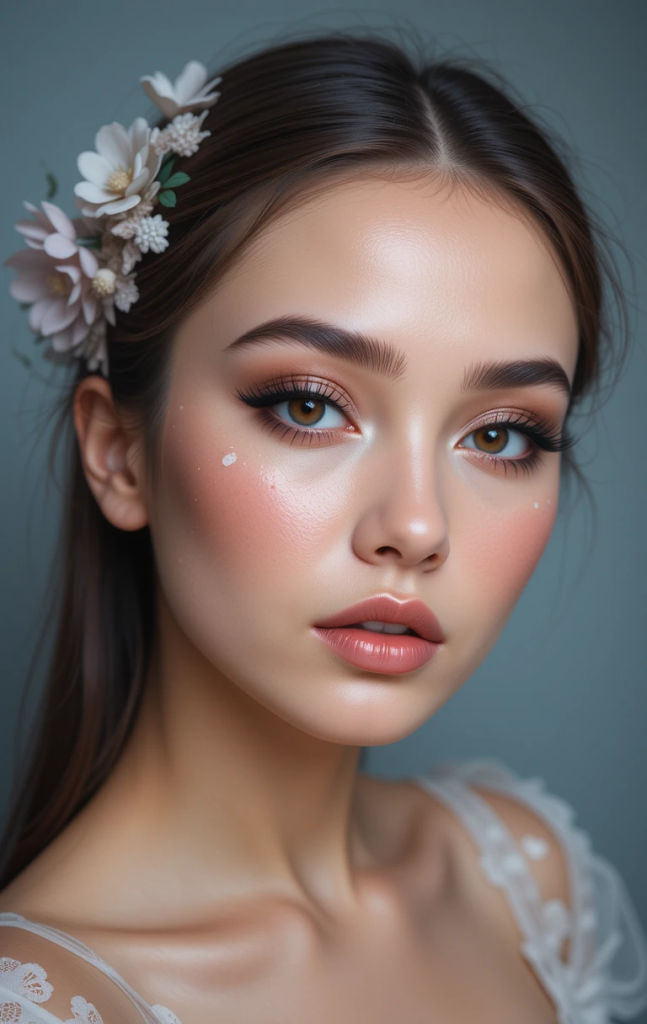Glass Skin and Beyond: The Korean Influence on Modern Face Makeup
Introduction
Over the past decade, Korean beauty, often referred to as K-beauty, has transformed the global makeup and skincare industries. One of the most iconic trends to emerge from this movement is the pursuit of “glass skin” — a term used to describe a complexion so smooth, hydrated, and luminous that it resembles glass. But K-beauty’s influence extends far beyond just dewy skin. It has redefined beauty standards, revolutionized skincare routines, and reshaped the face makeup landscape across the world. This article delves into the origins of glass skin, explores the evolution of Korean face makeup styles, and analyzes how these trends have influenced the global beauty scene.
The Rise of K-Beauty: A Cultural Phenomenon
The Korean Wave (Hallyu) has played a significant role in the global spread of Korean beauty trends. K-pop idols, K-dramas, and Korean social media influencers have captivated international audiences, leading to increased interest in Korean fashion and beauty. As Korean culture gained popularity, so did the unique skincare and makeup aesthetics associated with it.
K-beauty’s appeal lies in its holistic approach to skincare and makeup. Rather than masking imperfections, it emphasizes prevention, hydration, and enhancing natural beauty. The result is a fresh, youthful appearance that is both aspirational and attainable.
What is Glass Skin?
“Glass skin” refers to skin that is impeccably clear, translucent, and radiant. Achieving this look requires a meticulous skincare regimen focused on deep hydration, exfoliation, and nourishment. The glass skin trend embodies the K-beauty philosophy of skin-first beauty, where healthy skin is the foundation of any makeup look.
To achieve glass skin, Korean beauty enthusiasts follow multi-step routines that include:
- Double cleansing (oil-based and water-based cleansers)
- Exfoliation (chemical exfoliants like AHAs and BHAs)
- Toning (to balance the skin’s pH)
- Essences and serums (for targeted hydration)
- Moisturizers and occlusives (to lock in moisture)
- Sunscreen (daily protection from UV rays)
This intensive routine ensures a smooth, plump, and glowing canvas, minimizing the need for heavy foundation or concealers.
Korean Face Makeup Techniques: Skin-Like Finish
Korean face makeup complements the skincare routine by focusing on lightweight, breathable products that enhance rather than cover the skin. Key techniques and products include:
- BB and CC creams: These provide light coverage with added skincare benefits.
- Cushion foundations: Innovative compacts that deliver buildable coverage with a dewy finish.
- Skin tints: Lightweight formulas that even out skin tone while letting the skin breathe.
- Minimal contouring: K-beauty avoids harsh lines, opting instead for subtle sculpting with soft shadows.
- Soft blush: Applied high on the cheeks or even across the nose for a youthful, sun-kissed effect.
The emphasis remains on achieving a natural, radiant complexion that looks effortless and youthful.
Dewy vs. Matte: A Shift in Global Preferences
Traditionally, Western beauty standards favored matte, full-coverage makeup. However, with the rise of K-beauty, there has been a significant shift toward dewy, hydrated finishes. Western brands have responded by launching products inspired by K-beauty, such as:
- Hydrating primers and foundations
- Glow-enhancing serums and sprays
- Essence-infused makeup products
This shift reflects a broader change in consumer preferences, where natural beauty and skincare-forward approaches are valued over heavy makeup.
The “Chok Chok” Glow: More Than Just Shine
Another hallmark of K-beauty is the “chok chok” glow, which refers to skin that looks moist and bouncy. This aesthetic is achieved through intensive layering of hydrating products, including:
- Hyaluronic acid serums
- Fermented essences
- Sleeping masks
The chok chok glow goes beyond mere shine. It suggests health, youth, and vitality. In makeup, this is replicated using highlighters and illuminating primers that mimic hydrated skin without looking oily.
Beyond Glass Skin: Other K-Beauty Makeup Trends
While glass skin has dominated headlines, other Korean face makeup trends have also made their mark globally:
- Gradient blush: A subtle wash of color that blends seamlessly into the skin.
- Puppy eyes and aegyo sal: Eye makeup styles that create a youthful, innocent appearance, influencing the overall face makeup look.
- Tone-up creams: Used to brighten and even out skin tone without heavy makeup.
- Face mists and setting sprays: Used throughout the day to maintain hydration and glow.
These innovations have introduced new techniques and products to beauty routines worldwide, offering alternatives to traditional Western makeup methods.
The Impact on Western Brands and Consumers
Western beauty brands have not only taken note of K-beauty trends but have also actively integrated them into their product lines. Brands like L’Oréal, Estée Lauder, and Maybelline have introduced:
- Cushion foundations
- Dewy-finish BB creams
- Multi-step skincare sets
In addition, beauty retailers such as Sephora and Ulta have dedicated sections for K-beauty products, highlighting the demand among Western consumers.
Consumers themselves have embraced the change, prioritizing skincare, opting for lighter foundations, and incorporating K-beauty-inspired steps like essence and sleeping masks into their daily routines.
Social Media and the Spread of K-Beauty Aesthetics
Platforms like YouTube, TikTok, and Instagram have played a crucial role in popularizing Korean face makeup styles. Influencers and beauty gurus demonstrate K-beauty routines, review products, and share tutorials, making the techniques accessible to a global audience.
Hashtags like #GlassSkin, #KBeautyRoutine, and #ChokChok have millions of views, showing the immense interest in Korean beauty aesthetics. These platforms have democratized beauty trends, allowing consumers worldwide to experiment with new looks and products.
Challenges and Criticisms
Despite its popularity, K-beauty is not without criticism. Some concerns include:
- Unrealistic beauty standards: The ideal of flawless, poreless skin can contribute to unhealthy comparisons.
- Product overload: The multi-step routines can be overwhelming, expensive, and unsustainable for some users.
- Cultural appropriation: The commercialization of K-beauty by Western brands without acknowledging its origins has raised ethical questions.
It is important for consumers to approach beauty trends critically and adapt routines to suit their individual needs.
The Future of Face Makeup: A Korean-Inspired Fusion
Looking ahead, it is clear that Korean beauty will continue to shape the future of face makeup. We can expect to see:
- More hybrid products combining skincare and makeup
- An emphasis on personalization and skin-type-specific solutions
- Greater inclusivity in shade ranges and skin concerns
Brands are likely to invest in innovation inspired by K-beauty’s ethos of gentle, effective, and visually appealing skincare and makeup combinations. This fusion of Eastern and Western beauty philosophies offers a more holistic and empowering approach to self-expression through makeup.
Conclusion
“Glass skin” may have started as a trend, but its impact on face makeup is far-reaching and enduring. Korean beauty has not only introduced new products and techniques but also reshaped global attitudes toward makeup. In placing skin health at the center of beauty, K-beauty has encouraged a move away from heavy coverage toward a more natural, radiant look. As makeup trends continue to evolve, the influence of Korean aesthetics ensures that hydration, glow, and a skin-first approach will remain at the heart of modern beauty.
Ultimately, the journey from glass skin to global trendsetter showcases the power of cultural exchange in redefining how we perceive and practice beauty. And as K-beauty continues to innovate, one thing is certain: the face of makeup will never be the same again.

